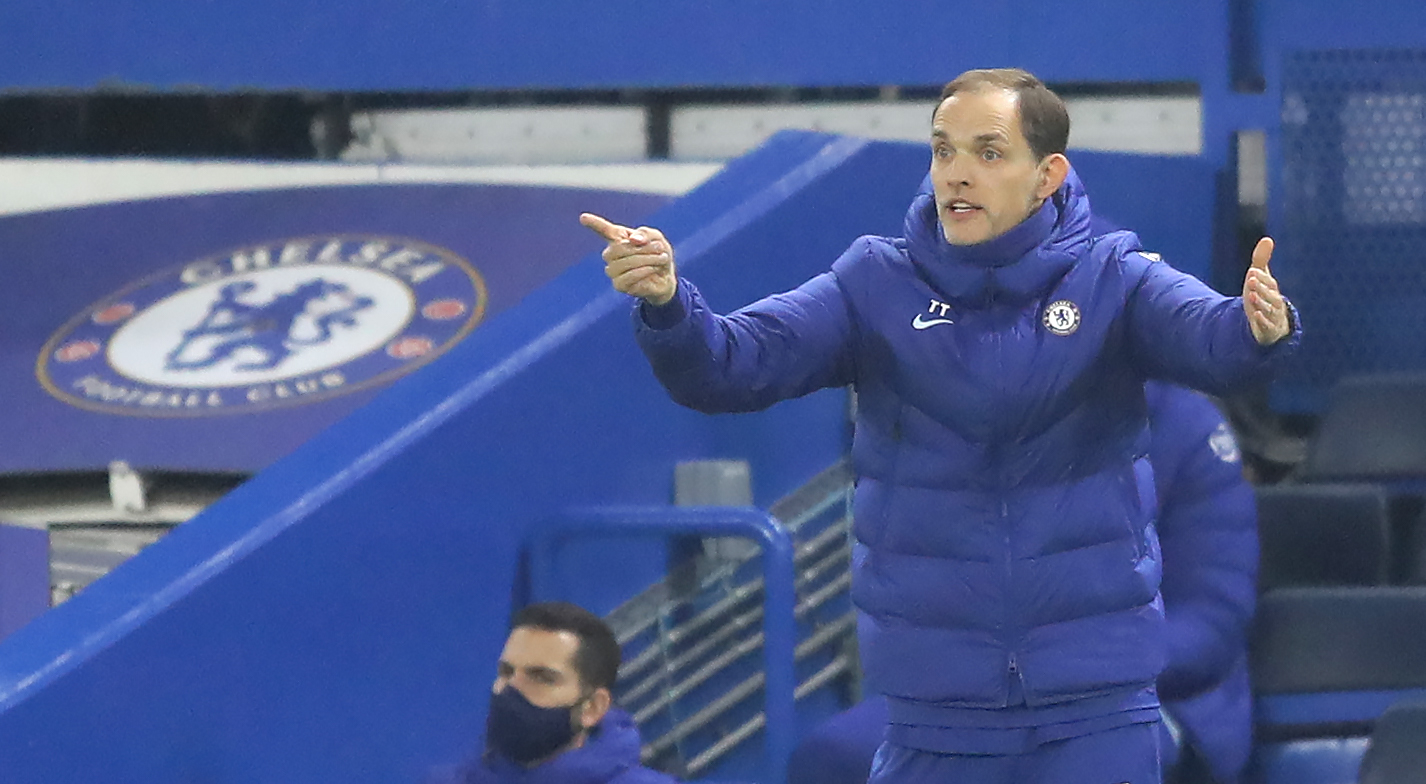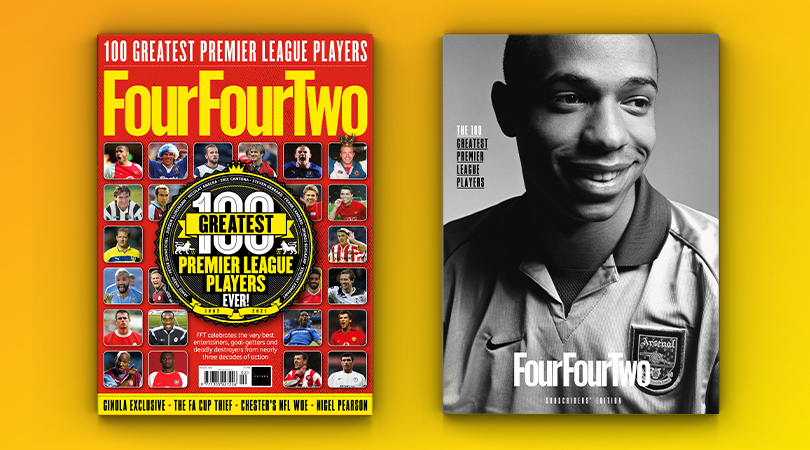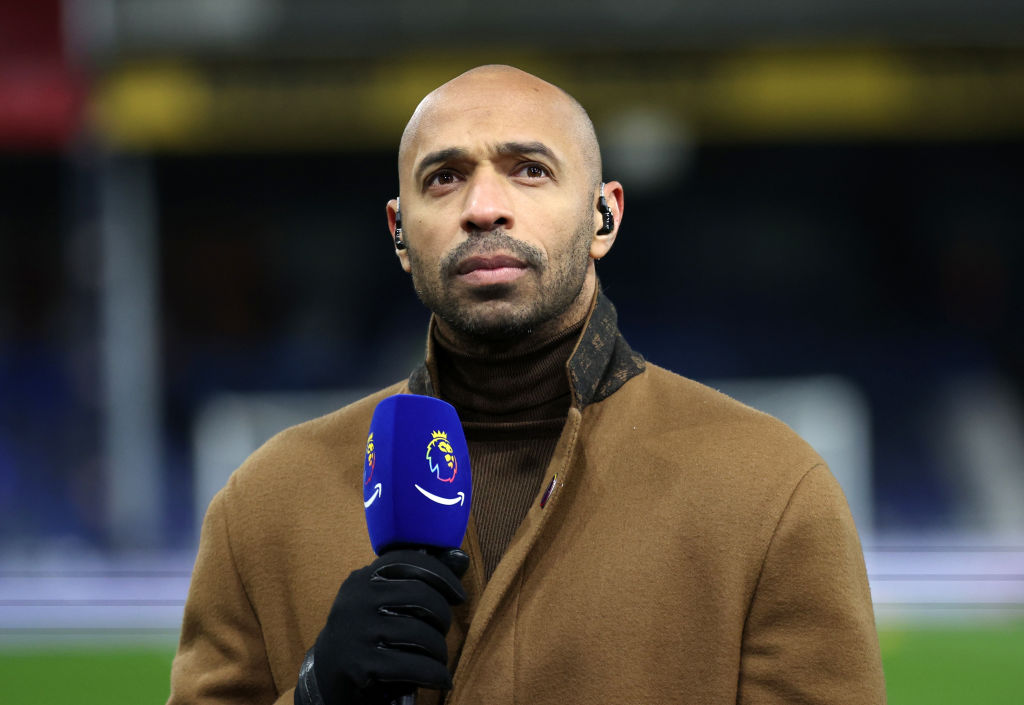How Thomas Tuchel's tactical approach at Chelsea will be an upgrade on Frank Lampard's
Chelsea's decision to replace Lampard with Thomas Tuchel was based on so much more than results

In the immediate aftermath of Frank Lampard’s inaugural game as a Premier League manager, a 4-0 defeat to Manchester United at Old Trafford in August 2019, it was Chelsea legend Jose Mourinho who produced the telling post-mortem.
Having watched United repeatedly slice through Chelsea on the counter-attack, Mourinho, then a Sky Sports pundit, drew his palms together to indicate the importance of re-compressing space between the lines. Whether deploying a high block or a low block, he said, there must be compactness; the players must move up and down together if the team is to avoid being caught out in the transition.
When David Jones asked if Lampard’s error at Old Trafford was simply a case of needing time to get his ideas across, Mourinho was typically dry: “I hope it’s that, because if it’s that, time will help. I hope it’s that and not philosophy – because philosophy is more difficult to change.”
Fast forward to January 3, 2021, a 3-1 defeat to Manchester City at Stamford Bridge, and the problems are identical. Press pause at the beginning of a City counter-attack and you’ll likely see N’Golo Kante all alone in midfield, abandoned by free-improvising team-mates fanning out into seemingly random patterns in the pursuit of space.
Over nearly 18 months Chelsea were consistently caught out in the transition under Lampard. They were unable to close that fist. This isn’t confirmation bias. It’s watching the same thing happen over and over again.
Lampard the manager is an extension of Lampard the player, a roving attacker whose forward runs sometimes left the defensive side exposed. But here’s the problem. The modern Premier League’s fine-tuned systems, intricately demarcated zones, and hyper-structured pre-set attacking moves has evolved far beyond the individualism that reigned when Lampard played at his peak. You can’t just offset a Lampard with a Claude Makelele anymore.

The most significant tactical feature in the game right now is automatisms: choreographed attacking moves etched into muscle memory on the training ground. These set-plays give elite clubs the illusion of creative freedom where in reality each pass and each movement is preordained, offering the same advantages of a chess player able to calculate and plan several steps ahead.
Get FourFourTwo Newsletter
The best features, fun and footballing quizzes, straight to your inbox every week.
From Jurgen Klopp to Pep Guardiola to Thomas Tuchel, automatisms – rising to prominence in response to how the increasing wealth gap in football has made the sport distinctly territorial - have become a crucial factor in stretching apart a deep defensive shell. It is the final piece of a tactical ideology built on perfect structure; on multi-layered pressing traps and on step-by-step scaffolding.
For the likes of Klopp and Guardiola, the team must move up the pitch together and move back down together, which is why they drill their midfield possession and their attacking lines with the same level of detail as the old-school coaches who would tie rope around the back four.
In England, this process began when ‘Big Six’ minds were focused following Leicester City’s unexpected title win in 2016. Since then, an influx of truly modern European coaches has raised the average points total of title winners to 97.5 - largely because the system provides immunity against the emotional volatility of poor form. Falling back on a preordained pattern, rather than improvising to create, limits the effect of low confidence on a shrinking imagination.
Covid-19 has temporarily bucked this trend because managers have had so little time – pre-season or midweek – to coach this season, but this is only a temporary state. Ruthlessly choreographed possession and the resulting attacking automatisms are here to stay.
By contrast Lampard is a throwback to a bygone era, helping to explain why he could not settle on a first 11 and why his team were vulnerable to confidence, which is fickle by nature.
Plonking Kante into defensive midfield was a temporary solution, but no individual can fix a systemic issue of decompression; of an erratic configuration of bodies allowed to seek out creative space rather than hold a structure and enact a precise battle plan.
You can press that pause button on almost any Chelsea performance and see this issue; see players bunched together in the same spot while patches of grass in midfield are left open; see a 4-3-3 become a giant ring, an O-shape that empties the middle and leaves opponents free to break. And for a comparison pause any Liverpool or Man City attack. Note the even distribution of players and the compression of space that screens against the counter-attack.
Or, to give Chelsea fans some optimism, take a closer look at what Tuchel did at Borussia Dortmund and Paris Saint-Germain. His scientific approach to tactics is as detailed, obsessive and innovative as Guardiola’s or Klopp’s.
Lampard had many strengths. He should be fondly remembered for opening the door to academy products while stabilising the club through a transfer ban and the loss of Eden Hazard. But he lacked the tactical sophistication that has become essential for elite clubs. In hiring Tuchel, Chelsea haven’t just upgraded – they’ve modernised.
While you're here, subscribe to FourFourTwo today and save 53%. All the exclusive interviews, long reads, quizzes and more but for less than half price...
NOW READ
CHELSEA What next for Frank Lampard following his Chelsea sacking?
TUCHEL 5 things the new boss needs to fix at Stamford Bridge
QUIZ Can you name every Chelsea manager in the Premier League era?
